Japanese architect Takashi Niwa is known as an architect of green projects which are built with ordinary materials in Vietnam but show a great harmony between the environment and culture.
Takashi Niwa was born in Japan and studied architecture at Tokyo Metropolitan University. The 39-year-old architect has more than fifteen years’ experience working in architectural practices globally.
After 5 years working at the Noriaki Okabe Architecture Network in Tokyo, Niwa joined VTN Architects (Vo Trong Nghia Architects) as a partner in 2010.
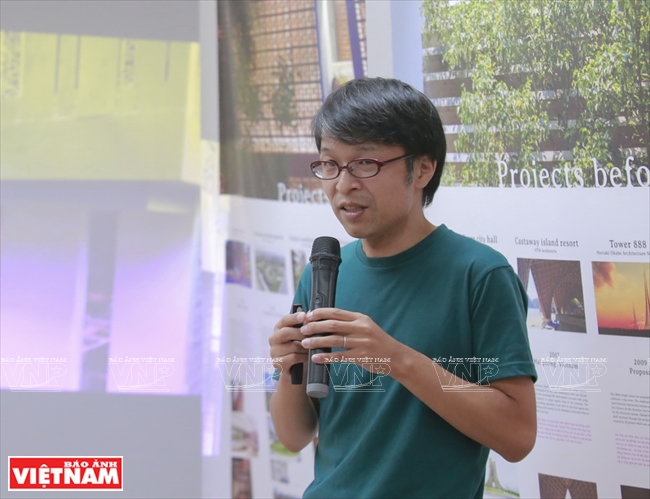
Takashi Niwa is a registered architect of Japan.
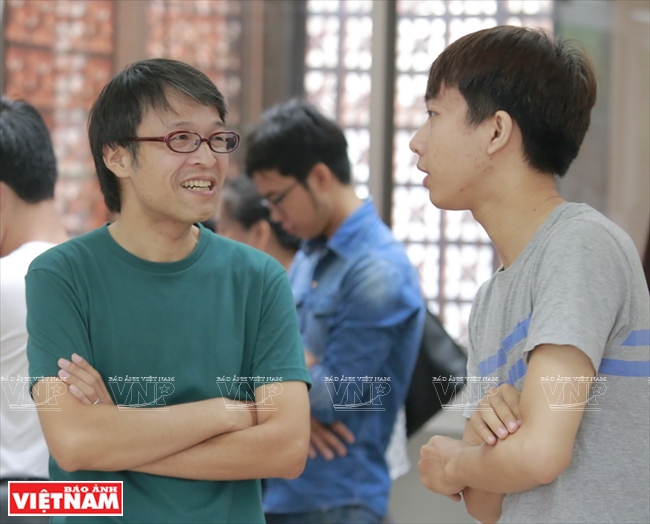
Friendly and open, Niwa is willing to give professional experience
to his Vietnamese colleagues, especially young architects.
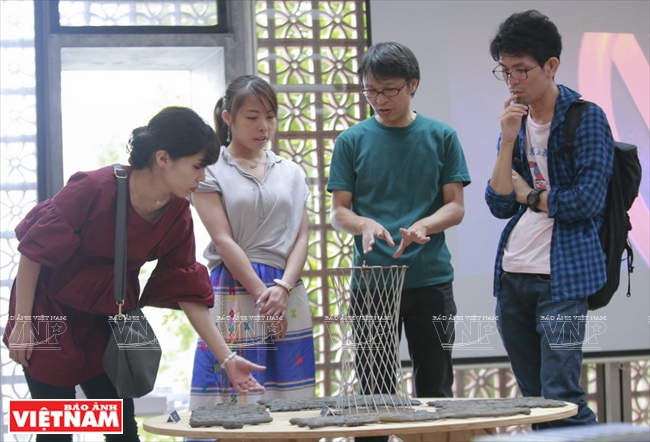
Niwa’s designs incorporate ordinary building materials.
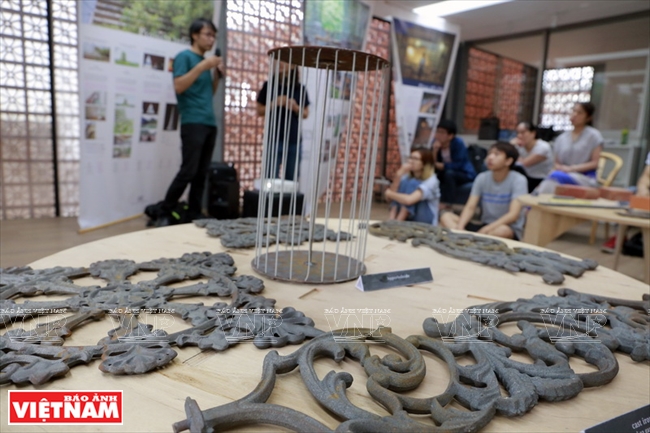
Sharing construction and design models with architecture lovers.
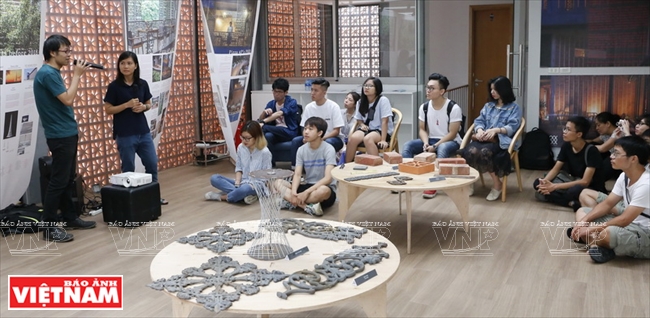
Niwa holds monthly talks about architecture with young Vietnamese architects.
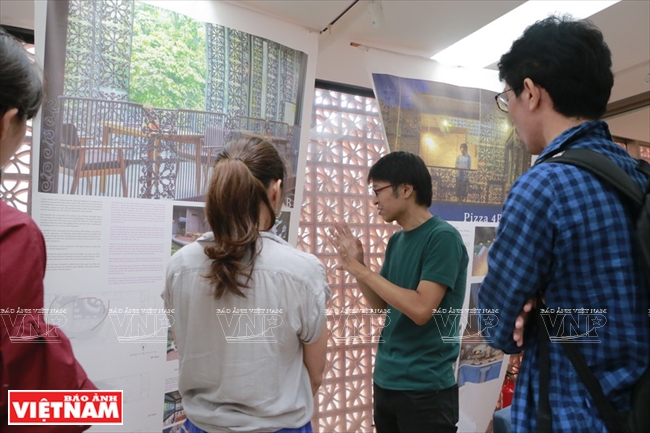
Takashi Niwa Architects creates an environment for its staff
to develop professional careers and initiate ideas beneficial to society. |
After eight years of working in Vietnam, Niwa established his own firm, Takashi Niwa Architects in Hanoi in 2018 with a desire to grow a team of young Vietnamese architects who share the love and aspiration for green projects.
Niwa said he used to dream of becoming a doctor, a profession which cures many people. As an architect, Niwa finds a similarity between the two occupations. He said architecture can spiritually cure people because a beautiful architectural work gives people a healthy private space which brings about joy and happiness.
With this philosophy, the Japanese architect seeks to design green projects which harmoniously combine the environment and culture to bring about close connections in life.
Traveling throughout Vietnam, Niwa sees that the life of Vietnamese people is largely attached to nature with rice fields and green trees. His architectural structures in Vietnam thus offer an environmentally friendly space with a lot of trees to show the beauty of the local culture.
In 2013, Niwa and his associates designed Farming Kindergarten in the southern province of Dong Nai. The 3,800m2 school was designed to become an experimental learning place for 500 children whose parents work at a shoe factory. The S letter-shaped structure is a model of environmentally friendly school architecture and has won many global prizes.
After completing this school, Niwa had many other green projects. These included the Bamboo Wing Restaurant at Flamingo Dai Lai Resort in Vinh Phuc province; Naman Retreat Resort in Danang which has beautiful structures such as the Babylon Hotel, Beach Bar, Hay Restaurant and Bar; Silver Cloud Resort in Cuc Phuong, Ninh Binh province; and the City Hall in Bac Ninh province. These projects all show the closeness between the environment and culture.
Niwa has introduced the concept, “borrowing landscape” into most of his architectural works in Vietnam to soften the space of bricks and concrete and create a green and healthy environment.
His designs incorporate eight elements which are the environment, culture, technology, materials, energy, emotion, activities, time and humans to create the best living environment.
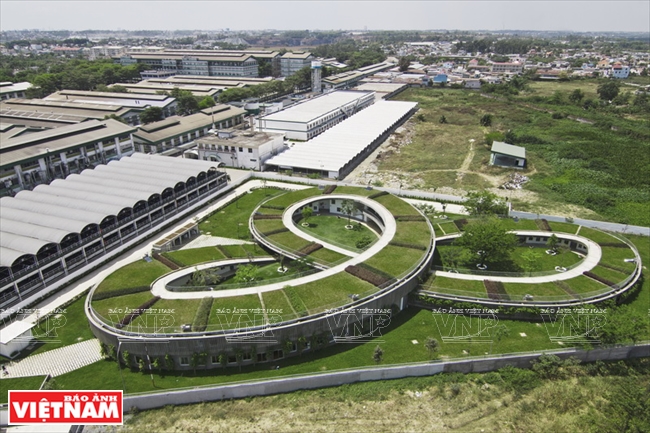
Farming Kindergarten in Dong Nai has been honored as one of the world’s 30 best buildings
by the Royal Institute of British Architects (RIBA). It also won FuturArc Prize.
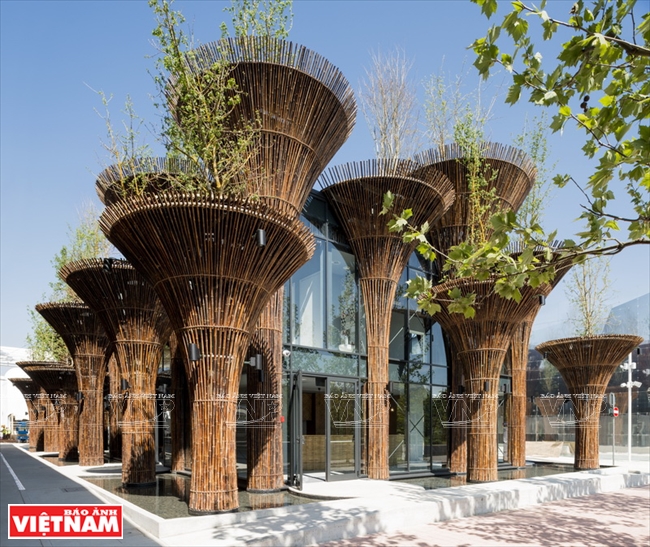
Vietnam’s pavilion at World Expo 2015 in Milan was designed
by Takashi Niwa and his Vietnamese associates.
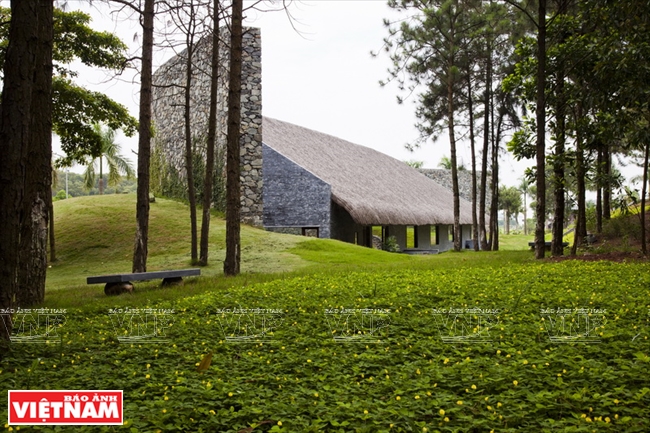
The impressive architecture of Dai Lai Conference Hall designed by architects Vo Trong Nghia and Takashi Niwa.

Another beautiful design by Takashi Niwa.

The green and sunny space of a home in Hanoi’s old quarter designed by Niwa.
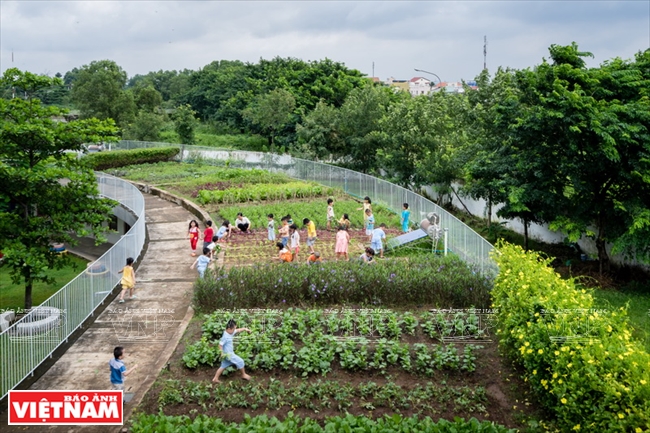
Niwa’s architectural structures always connect people with their culture and environment. |
Niwa’s firm now has six Vietnamese architects who are encouraged to develop team work skills and initiate ideas that bring about social values. Niwa also connects with Japanese architects to raise donations for architecture books for Vietnamese universities.
Story: Bich Van - Photos: Viet Cuong